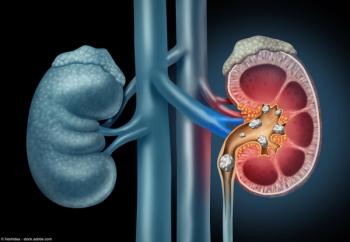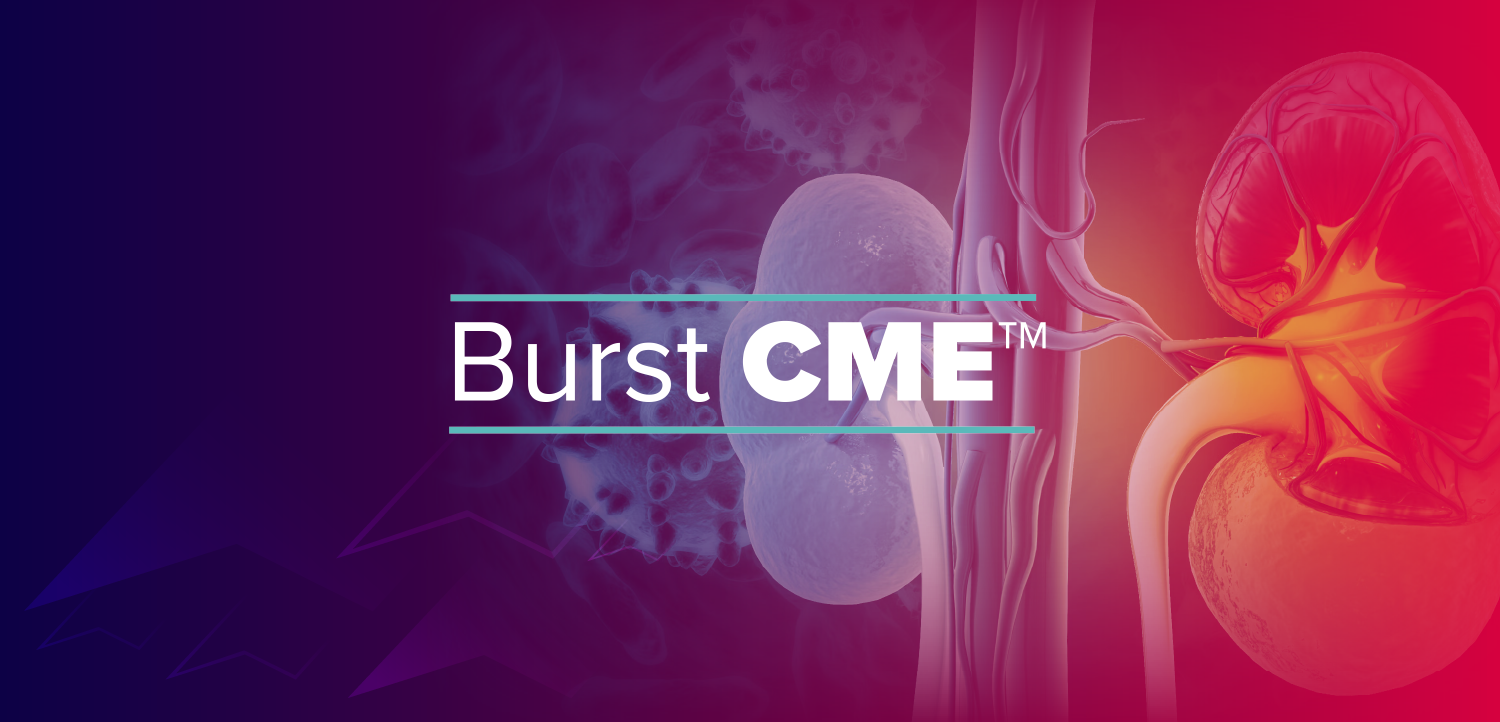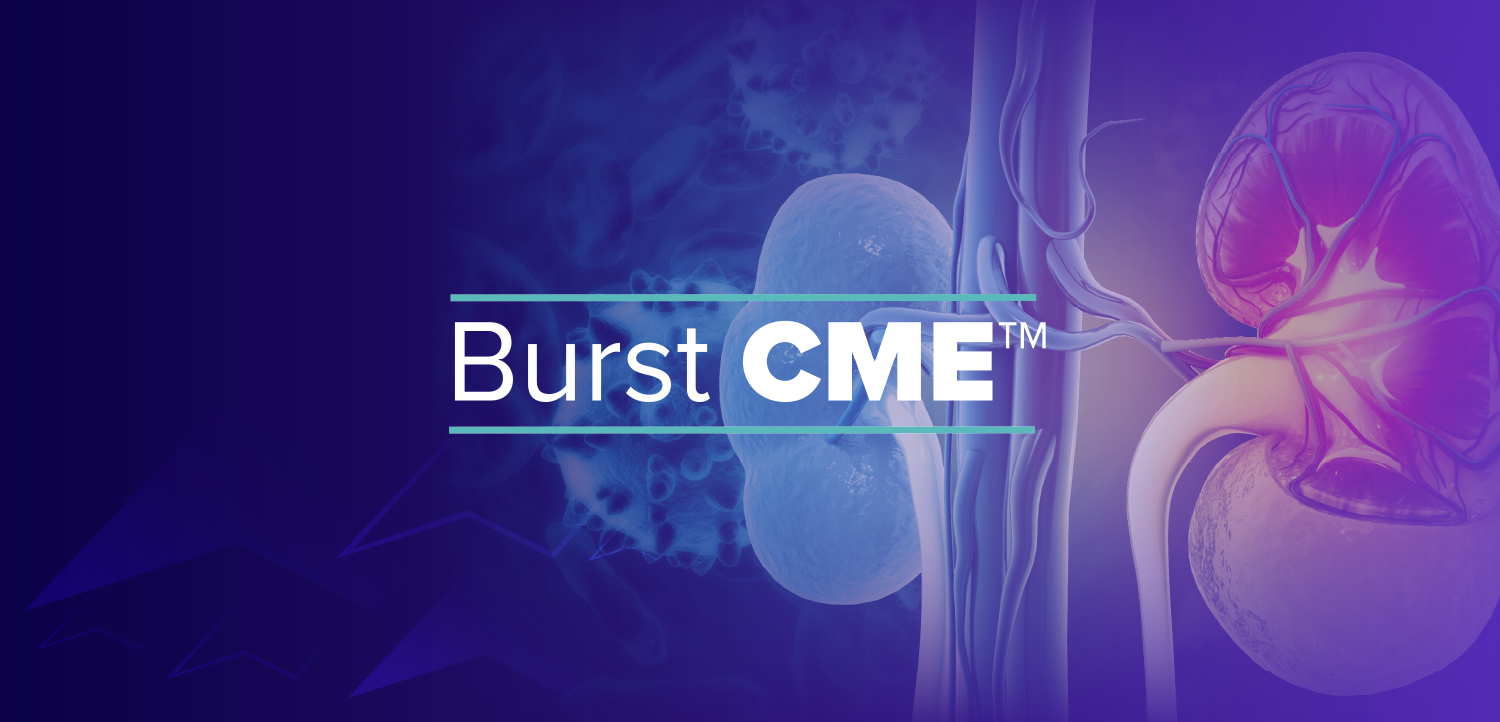
Category III CPT code issued for Enhanced Lithotripsy System
Key Takeaways
- The new CPT code 0991T for Avvio Medical's ELS will be effective from January 1, 2026, facilitating billing for AEMC lithotripsy.
- AEMC is a minimally invasive, outpatient procedure that avoids general anesthesia and expensive equipment, enhancing accessibility.
The code, 0991T, will become effective on January 1, 2026.
The American Medical Association (AMA) has announced a new category III CPT code for the use of Avvio Medical’s Enhanced Lithotripsy System (ELS) for acoustic enhancer microbubble cavitation (AEMC) lithotripsy in the treatment of patients with kidney stones, Avvio announced in a news release.1
The code, 0991T, will become effective on January 1, 2026.
According to the AMA, Category III codes are “a temporary set of codes for emerging technologies, services, procedures, and service paradigms.”2 The release of the code for the ELS was made available as part of the AMA’s official early release.
“The introduction of a dedicated CPT code for our technology demonstrates the clinical importance of our ureteral stone solution,” said Paul Molloy, CEO of Avvio Medical, in the news release.1 “This achievement will help ensure that physicians and health systems can more easily offer our therapy to patients while benefiting from clear and accurate billing processes.”
According to the company, AEMC is a single, minimally invasive therapy that can be done in an outpatient and office-based setting without the need for general anesthesia, fluoroscopy, or costly capital equipment.
Data on AEMC
Data from the AEROLITH trial, highlighting the safety and efficacy of ureteroscopic laser lithotripsy (URS-LL) with and without AEMC, were recently presented at the 2025 American Urological Association Annual Meeting in Las Vegas, Nevada and published in the Journal of Urology.3
Overall, the findings showed that the addition of AEMC to laser lithotripsy led to comparable efficacy and significantly fewer adverse events (AEs) compared with laser lithotripsy alone.
In total, the study included 196 patients with urolithiasis who were randomly assigned to undergo laser lithotripsy with (n = 103) or without (n = 93) AEMC. Demographics and baseline characteristics were similar between both arms.
The primary end points for the study were the fragment-free rate, defined as the proportion of patients with residual fragments of 2mm or greater on CT at 30 days following the procedure, as well as the rate of serious AEs (grade 3 and 4).
Overall, the fragment-free rate was comparable between both arms, with a rate of 41% in the AEMC arm vs 47% in the standard URS-LL arm (P = .81). The residual fragment size was also similar, with an average size of 5.55 mm in the AEMC arm vs 5.7 mm in the standard URS-LL arm.
Patients in the AEMC arm appeared to show greater efficacy when treated with a higher-powered laser, although this difference did not meet statistical significance. Among those in the treatment arm, the fragment-free rate was 51% among those treated with a laser with high average power (12 W or higher), compared with 32% among those treated with a lower powered laser (P = .06).
Regarding safety, patients in the AEMC cohort experienced significantly fewer AEs, with AEs observed in 35% of patients in the investigational arm vs 46% of patients in the control arm (P = .11). Notably, the number of grade 2 AEs was significantly lower in the AEMC arm. Grade 3 or 4 AEs were reported in 7% of patients in the AEMC arm vs 13% in the standard URS-LL arm (P = .23).
The total number of AEs was also less in the investigational arm (P < .001).
“This study demonstrates that conventional URS-LL, which currently is the most common surgical procedure to treat stones, yields disappointing results. More than 50% of patients will still have stones after the procedure, with residual fragments large enough to have a high chance for future problems”, said lead author Wesley Mayer, MD, in a prior news release on the findings.4 “It is also poorly tolerated, with [more than] 40% of patients reporting adverse events. AEROLITH showed that patients undergoing URS-LL augmented with microbubbles had significantly fewer adverse events, suggesting improved safety and tolerability compared to conventional laser lithotripsy.”
REFERENCES
1. Avvio Medical announces new CPT code for Its breakthrough kidney stone treatment technology. News release. Avvio Medical, Inc. July 22, 2025. Accessed July 23, 2025. https://www.businesswire.com/news/home/20250722845103/en/Avvio-Medical-Announces-New-CPT-Code-for-Its-Breakthrough-Kidney-Stone-Treatment-Technology
2. CPT Category III codes. American Medical Association. Accessed July 23, 2025. https://www.ama-assn.org/system/files/cpt-category3-codes-long-descriptors.pdf
3. Mayer WA, Chi T, Wiener S, et al. Acoustic enhancer microbubble cavitation: A randomized clinical trial evaluating the safety and efficacy of a novel treatment for urolithiasis. J Urol. 2025;214(2):167-176. doi:10.1097/JU.0000000000004581
4. Avvio Medical’s microbubble technology reduces complications and shows promise for enhancing laser lithotripsy: AEROLITH trial results published in The Journal of Urology. News release. Avvio Medical Inc. July 8, 2025. Accessed July 23, 2025. https://avviomedical.com/avvio-medicals-microbubble-technology-reduces-complications-and-shows-promise-for-enhancing-laser-lithotripsy-aerolith-trial-results-published-in-the-journal-of-urology/
Newsletter
Stay current with the latest urology news and practice-changing insights — sign up now for the essential updates every urologist needs.



















